History
Back to homepage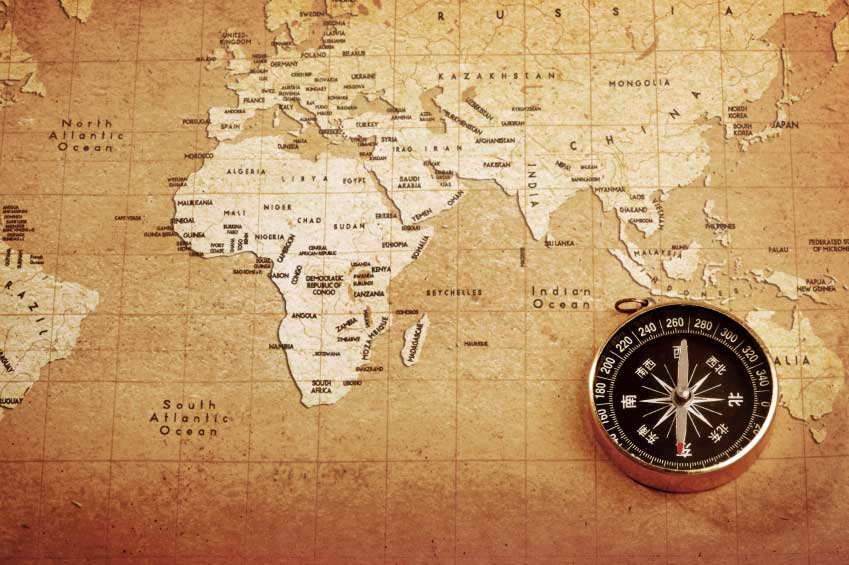 Throughout history the benefits of marijuana use as a healing agent have been well documented. The drug has been found to be a favorable treatment for many different diseases and illnesses such as HIV related health issues, Glaucoma, offsetting the side effects of nausea in cancer chemotherapy as well as treating epilepsy and multiple sclerosis.
Throughout history the benefits of marijuana use as a healing agent have been well documented. The drug has been found to be a favorable treatment for many different diseases and illnesses such as HIV related health issues, Glaucoma, offsetting the side effects of nausea in cancer chemotherapy as well as treating epilepsy and multiple sclerosis.
The history of the substance has a very interesting past that many may not be aware of. Prior to it being federally criminalized in the United States and Canada in 1937, marijuana use for medicinal purposes and as a euphoric stimulant, dates back to ancient China thousands of years ago. Additionally, from 1850 until 1942 Marijuana was listed in the United States Pharmacopeia and was commonly prescribed for various conditions including labor pains, nausea, and rheumatism.
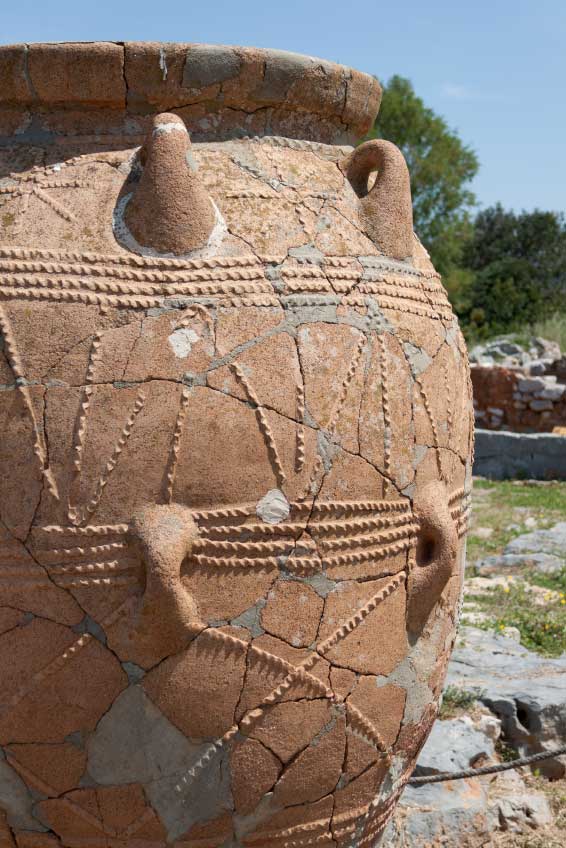 But prior to being discovered for it’s therapeutic benefits, marijuana or it’s scientific name, Cannabis Sativa, a.k.a. hemp, was cultivated primarily for its strength as a fiber over ten thousand years ago, and widely used during the expansion era in the United States beginning in the early to mid 1800s.
But prior to being discovered for it’s therapeutic benefits, marijuana or it’s scientific name, Cannabis Sativa, a.k.a. hemp, was cultivated primarily for its strength as a fiber over ten thousand years ago, and widely used during the expansion era in the United States beginning in the early to mid 1800s.
Some of the earliest archeological hemp evidence arrived from rope imprints on broken Chinese pottery dating back to 10,000 B.C. Fragments of cloth made from hemp have been found in Chinese burial chambers dating back to the Zhou Dynasty. In addition to archeological evidence, documents have been discovered that refer to hemp as a source of clothing. The Shu King, a book written around 2350 B.C., mentions the soil in Shantung as rich with silk and hemp, while ancient poetry refers to young girls weaving hemp into clothing.
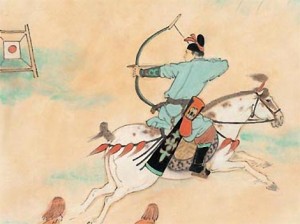 Hemp played a pivotal role in Chinese warfare due to its strength and durability. Chinese archers made bowstrings from hemp that proved to be much stronger and more durable than the enemy’s bamboo counterpart. As a result the Chinese arrows would fly faster and further, obviously a large advantage during ancient wars. Hemp was so important that Chinese monarchs allocated large portions of land specifically for cultivating crops.
Hemp played a pivotal role in Chinese warfare due to its strength and durability. Chinese archers made bowstrings from hemp that proved to be much stronger and more durable than the enemy’s bamboo counterpart. As a result the Chinese arrows would fly faster and further, obviously a large advantage during ancient wars. Hemp was so important that Chinese monarchs allocated large portions of land specifically for cultivating crops.
The resilient crop made its debut in North America in the territory of Port Royal, Acadia in Nova Scotia in 1606. Many years later it became a robust industry due to a strong demand for sailcloth and rope during the civil war. The cultivation and production of hemp expanded in the United States during World War I and well into World War II because of supply shortages due to wartime import sanctions. Furthermore hemp rivaled flax as the primary textile fiber of vegetable origin, and was undeniably depicted as “the king” of fiber-bearing plants, the standard by which all other fibers were measured.
Its use as an intoxicant was commonplace during the mid to late 1800s up to the 1930s. A campaign conducted by the U.S. Federal Bureau of Narcotics at that time sought to portray marijuana as a powerful addicting substance that would lead users into narcotics addiction.
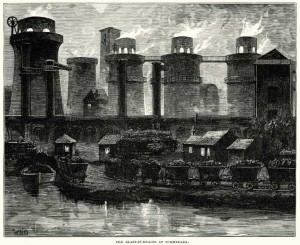 Nevertheless, hemp production in the United States continued well into the era known as the “Rise of Industrial America” then ended in 1938 as a result of the Marijuana Tax Act. A small hemp fiber industry remained, isolated in Wisconsin but ended in 1958. Meanwhile under Canada’s Opium and Narcotics Act of 1938, cannabis cultivation became prohibited in that country as well.
Nevertheless, hemp production in the United States continued well into the era known as the “Rise of Industrial America” then ended in 1938 as a result of the Marijuana Tax Act. A small hemp fiber industry remained, isolated in Wisconsin but ended in 1958. Meanwhile under Canada’s Opium and Narcotics Act of 1938, cannabis cultivation became prohibited in that country as well.
The Controlled Substances Act of 1970 classified marijuana along with heroin and LSD as a Schedule I drug, i.e., having the relatively highest abuse potential and no accepted medical use. Most marijuana at that time came from Mexico, but in 1975 the Mexican government agreed to eradicate the crop by spraying it with the herbicide paraquat, raising fears of toxic side effects. Colombia then became the main supplier.
The “zero tolerance” climate of the Reagan and Bush administrations resulted in passage of strict laws and mandatory sentences for possession of marijuana and in heightened vigilance against smuggling at the southern borders. The “war on drugs” thus brought with it a shift from reliance on imported supplies to domestic cultivation particularly in Hawaii and California.
Beginning in 1982 the Drug Enforcement Administration turned increased attention to marijuana farms in the United States, and there was a shift to the indoor growing of plants specially developed for small size and high yield. After over a decade of decreasing use, marijuana smoking began an upward trend once more in the early 1990s, especially among teenagers, but by the end of the decade this upswing had leveled off well below former peaks of use.
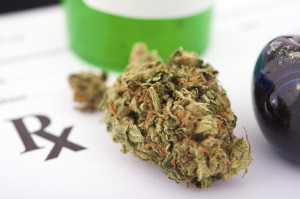 Presently we have entered the era when the strongest argument for legalizing Marijuana is for medical purposes and politicians are beginning to shift towards decriminalizing it. A small handful of states have already passed legislation legalizing marijuana with other states to follow. Moreover, Republican Senator Rand Paul, of Kentucky, an early front-runner for the GOP nomination in the 2016 Presidential race, has recently drafted an amendment protecting the states that have implemented medical marijuana laws as well as shielding the patients and doctors acting in accordance with them from federal prosecution.
Presently we have entered the era when the strongest argument for legalizing Marijuana is for medical purposes and politicians are beginning to shift towards decriminalizing it. A small handful of states have already passed legislation legalizing marijuana with other states to follow. Moreover, Republican Senator Rand Paul, of Kentucky, an early front-runner for the GOP nomination in the 2016 Presidential race, has recently drafted an amendment protecting the states that have implemented medical marijuana laws as well as shielding the patients and doctors acting in accordance with them from federal prosecution.


